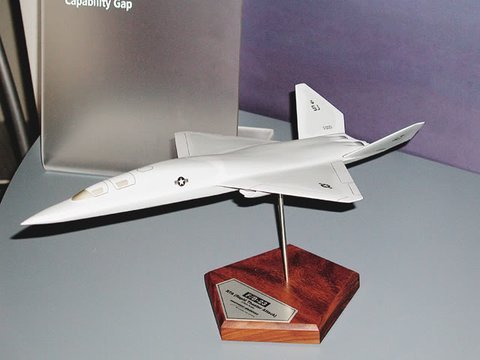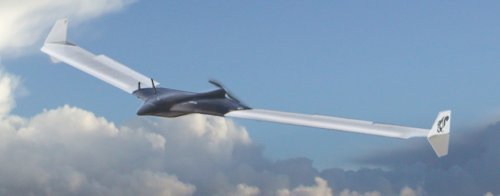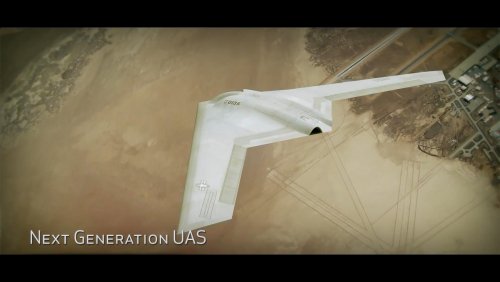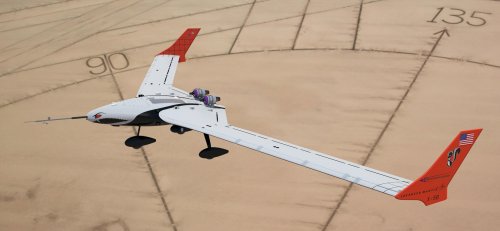The Pentagon’s top weapons buyer, Frank Kendall, says he’ll probably soon give the Air Force permission to award the contract for the next U.S. long-range bomber because extensive preparations have indicated “we have viable bids.”
The Air Force can proceed only after Kendall, undersecretary for acquisition, technology and logistics, convenes a Defense Acquisition Board review to assess the service’s readiness to award a contract in the competition that pits Northrop Grumman Corp. against a team of Boeing Co. and Lockheed Martin Corp. Kendall said he hopes a date for the review, which often signals to investors that a contract award is coming within days, can be decided this month.
“When I look at a program, I look at whether it’s affordable, whether the program plan is executable -- is it a reasonable schedule, reasonable amount of money, reasonable requirements?” Kendall said in an interview. “I already did all that. So unless we learn something from the bids that changes some of those parameters, it’s merely a matter of verifying that those parameters were valid.”
“I do not consider this to be a difficult decision,” Kendall said. Asked to compare it with previous reviews for multibillion-dollar weapons systems, he said it’s far easier than the year-long negotiations he led with Lockheed, ending in 2012, for 32 F-35s in the fighter’s fifth production lot.
$800 Million Each
The Long-Range Strike Bomber may cost more $800 million each in today’s dollars when development costs are included, some analysts have estimated, and a fleet of 100 is planned. The bomber, scheduled for first deployment in the mid-2020s, will be one of the Pentagon’s biggest weapons systems over the next decade.
The House Armed Services Committee in May cut $460 million from the $1.25 billion fiscal 2016 request for the bomber because the selection had been delayed four months. The Senate Armed Services panel agreed.
The program has been shrouded in secrecy, including how much has been spent in the past three to four years on classified contracts to prepare the way. Air Force Secretary Deborah James has pledged to disclose more cost details when the contract is released.
Air Force officials have said that the competing contractors have been conducting development work since 2011 under classified contracts to minimize technology challenges.
“We’re comfortable with the risk reduction that’s been taking place,” Kendall said.
After the review board approves going ahead, the Air Force “will have to make a choice, then off we’ll go,” he said of the bomber competition.
The plane is envisioned as the eventual successor to the aging B-1B and B-52 bombers. It’s being designed to carry both guided conventional munitions and a planned new long-range nuclear cruise missile.





